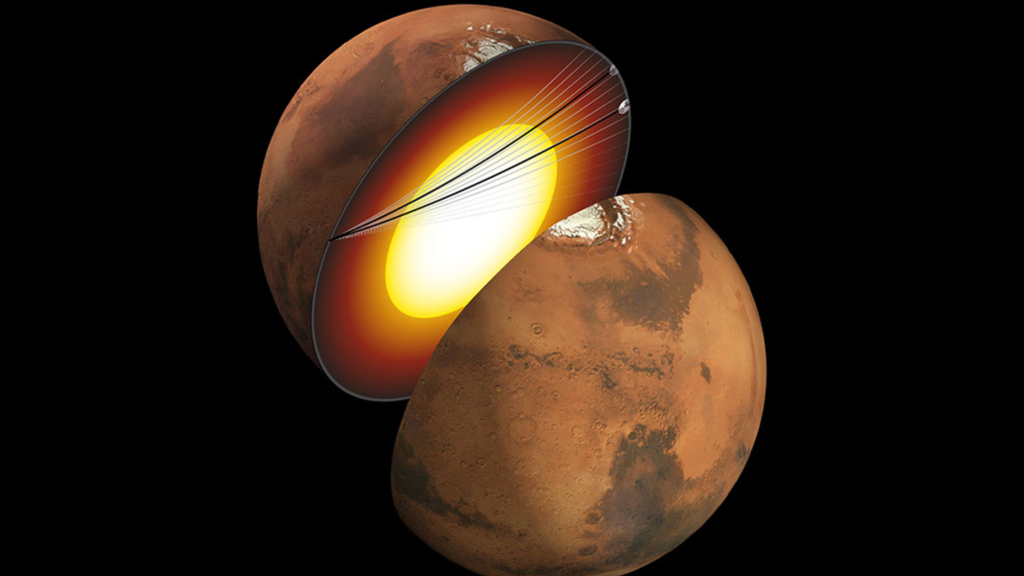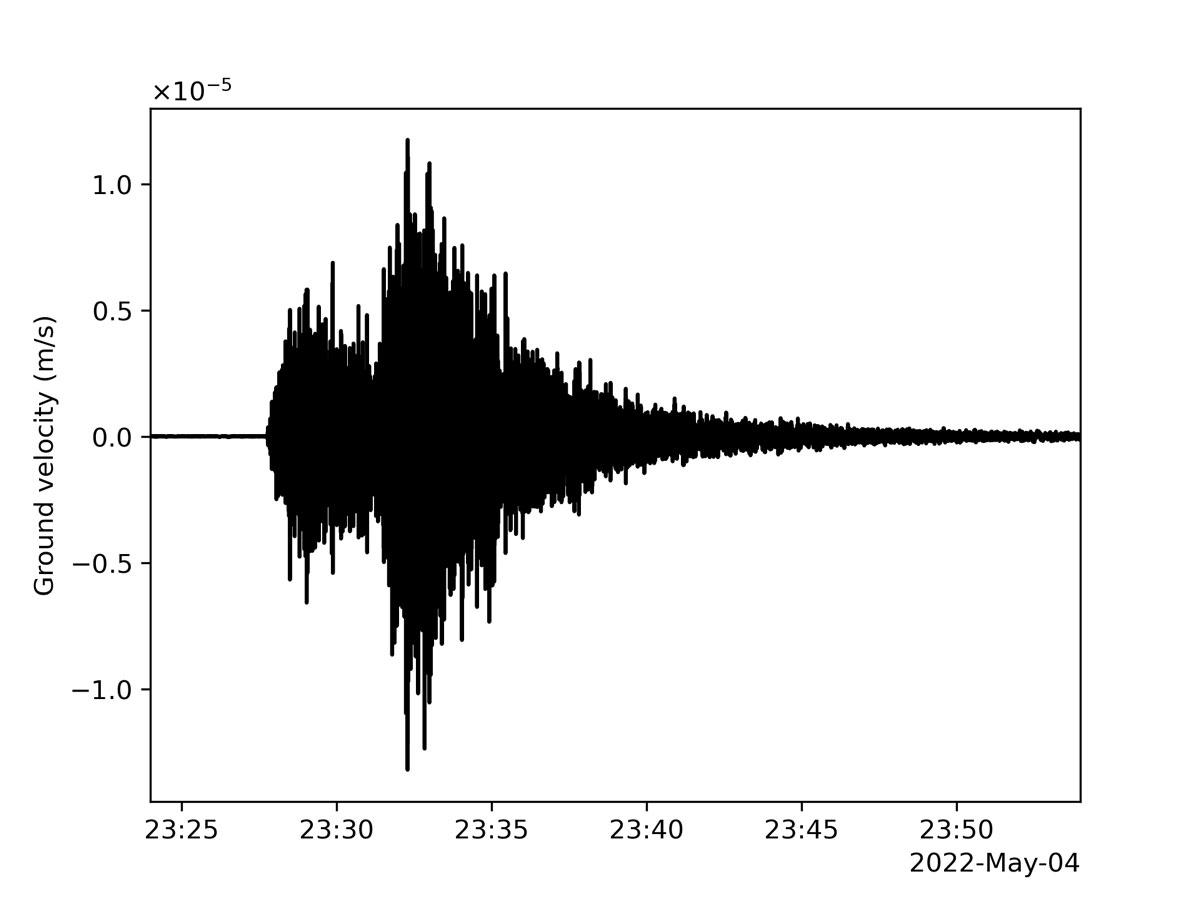An international collaboration of scientists announced the results of the investigation, the purpose of which was to find the source of the record marsquake. The researchers concluded that it had an internal nature.

On May 4, 2022, the Insight seismometer registered a record-breaking marsquake. The event received the designation S1222a. Its magnitude was 4.7 points, fluctuations were recorded for six hours.
The main question was what exactly caused the fluctuations. The fact is that the signature of S1222a was similar to previous marsquakes, which were caused by meteorite falls.
To find the answer to this question, scientists began to look for a fresh crater. This was not the easiest task. Because the area of the Martian surface is 144 million km2, which is approximately equal to the area of the entire earth’s land. Therefore, the researchers turned for help to space agencies from Europe, China, India and the UAE. Their vehicles are currently in orbit around the Red Planet. This was probably the first time in history that almost all active Martian missions were involved in a single project.
Scientists studied the images in search of traces of new craters or any other signs of a recent impact, such as dust clouds. However, several months of searching did not produce any result. The researchers failed to find a new shock formation that could be responsible for the marsquake. Therefore, they concluded that the event had an internal nature and was caused by the release of huge tectonic forces in the interior of Mars.

At the same time, scientists still believe that there is no plate tectonics on Mars now. Nevertheless, the Red Planet is clearly much more seismically active than previously thought.
According to https://phys.org
Follow us on Twitter to get the most interesting space news in time
https://twitter.com/ust_magazine
